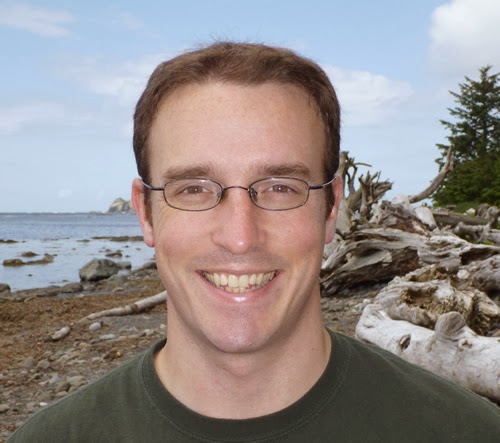A Ph.D. candidate at University of Chicago, Will spent the bulk of the last year helping NOAA’s Regional Collaboration Network coordinate the work of NOAA’s five main offices—Weather Service, Fisheries Service, Satellite and Information Service, Ocean Service, and Oceanic and Atmospheric Research. The efforts of these offices often overlap on major issues like climate change, habitat conservation, and emergency response. It was Will’s job, along with the other network members, to find opportunities for collaboration and help NOAA make progress on these issues. He also served as a liaison between NOAA regional staff and organization leaders, ensuring that each group had the information and resources they need to effectively meet program goals.
Recent News
- Tomas Höök signing off as Illinois-Indiana Sea Grant director this summer
- Illinois-Indiana Sea Grant welcomes Stuart Carlton as the program’s new director
- Four Illinois and Indiana educators will set sail on Lake Michigan aboard EPA’s research ship
- Join IISG as a new pollution prevention outreach assistant
- Beach season means it’s time for lifesaving Lake Michigan water safety resources
IISG Instagram
Exciting news! The call for sessions for the 2026 Emerging Contaminants in the Environment Conference has been extended!
We are excited to offer the opportunity to propose a speaker or panel session during the 2026 Emerging Contaminants in the Environment Conference April 28-29. The conference will feature traditional 15-minute presentations and a poster session on the latest in emerging contaminant research, policies, and outreach in the soil, water, and air.
The deadline to propose a session is September 30, 2025.
Learn more at go.illinois.edu/ecec or the link in bio

Stay safe and have fun this Fourth of July with these 5 water safety tips! Click the link in bio to learn more ways to keep yourself and others safe as you enjoy the Lake Michigan beaches this holiday.

Four science educators from Illinois and Indiana have been selected for the 2025 Shipboard Science Immersion on Lake Michigan July 7-13. The educators will spend a full week alongside researchers aboard the EPA research vessel Lake Guardian. Afterwards, they will bring Great Lakes science back to their classroom.
Learn more and meet the four incredible teachers representing Illinois and Indiana at the link in bio.

🌿 Educators—Explore Restoration in Action!
Join us Thursday, July 31 at Purdue Northwest (Hammond, IN) for a FREE full-day workshop diving into the transformation of the Grand Calumet River Area of Concern.
🚍 Tour restored sites
🧠 Engage with VR curriculum
📚 Earn 6 PD hours
🥐 Breakfast & lunch included
🔗 Register now at the link in bio and bring real-world science to your classroom.
Register by July 21st.


